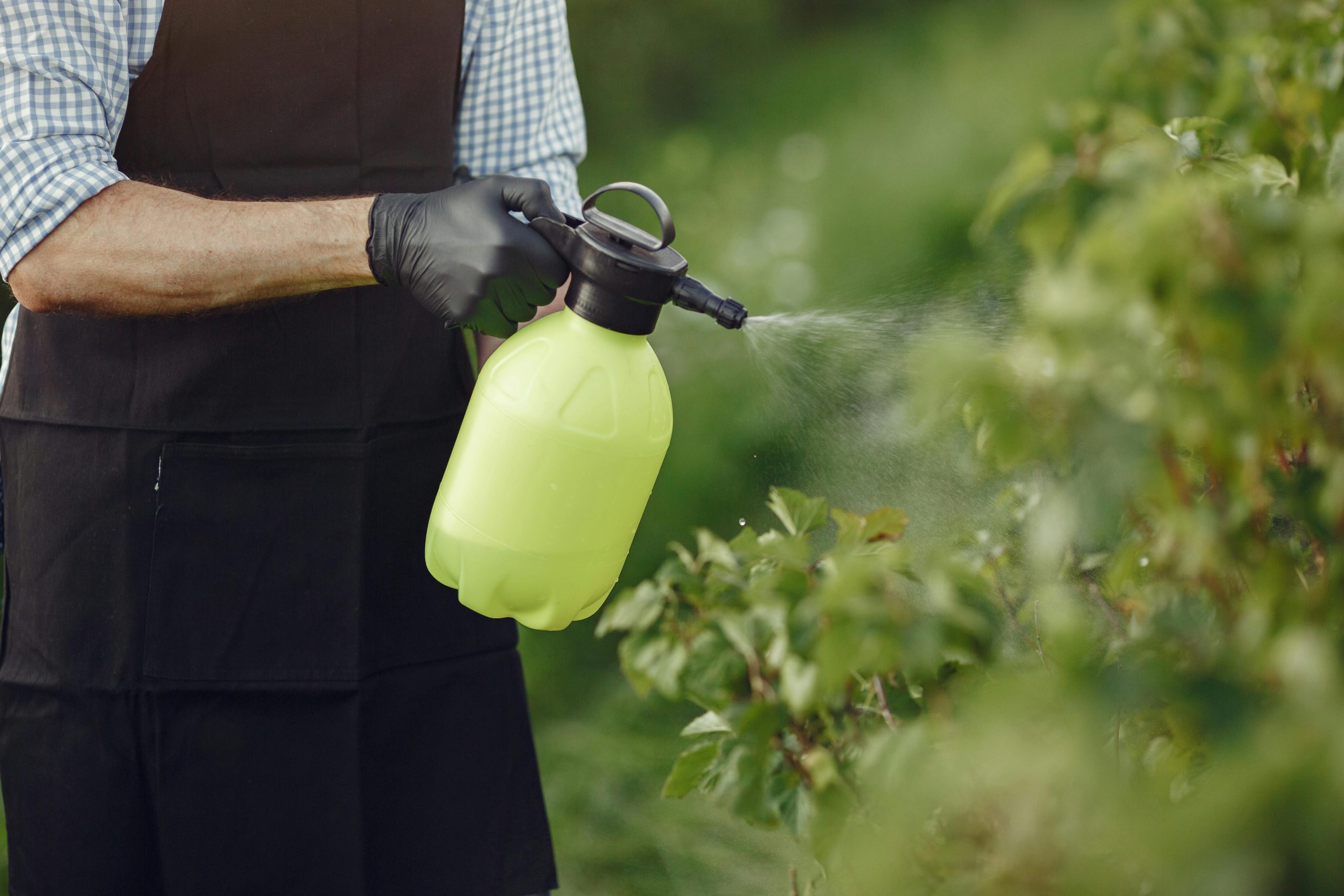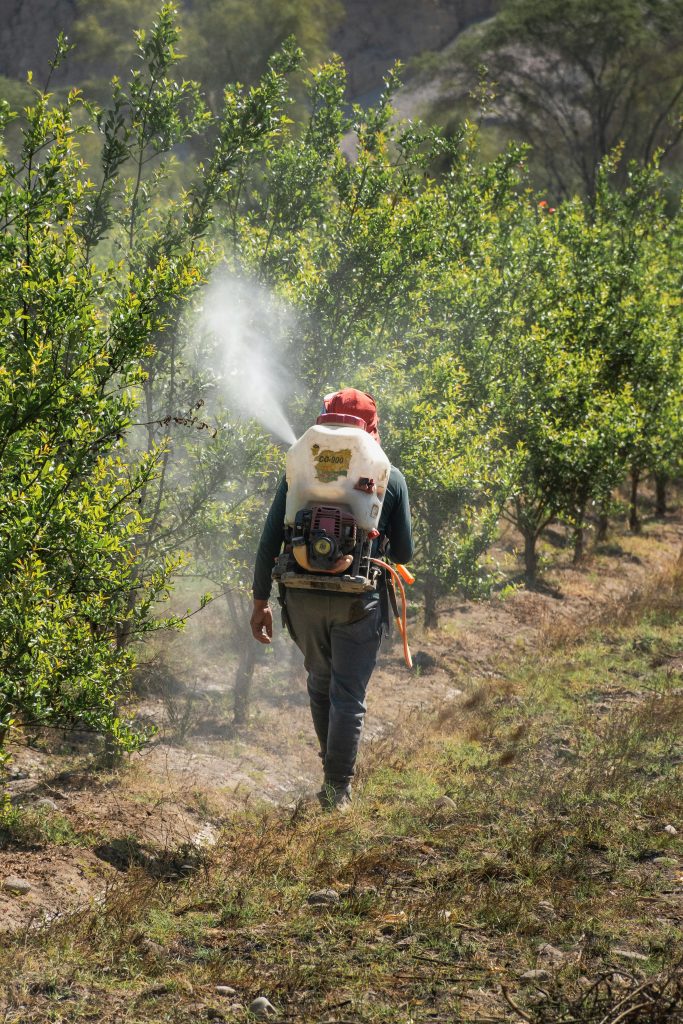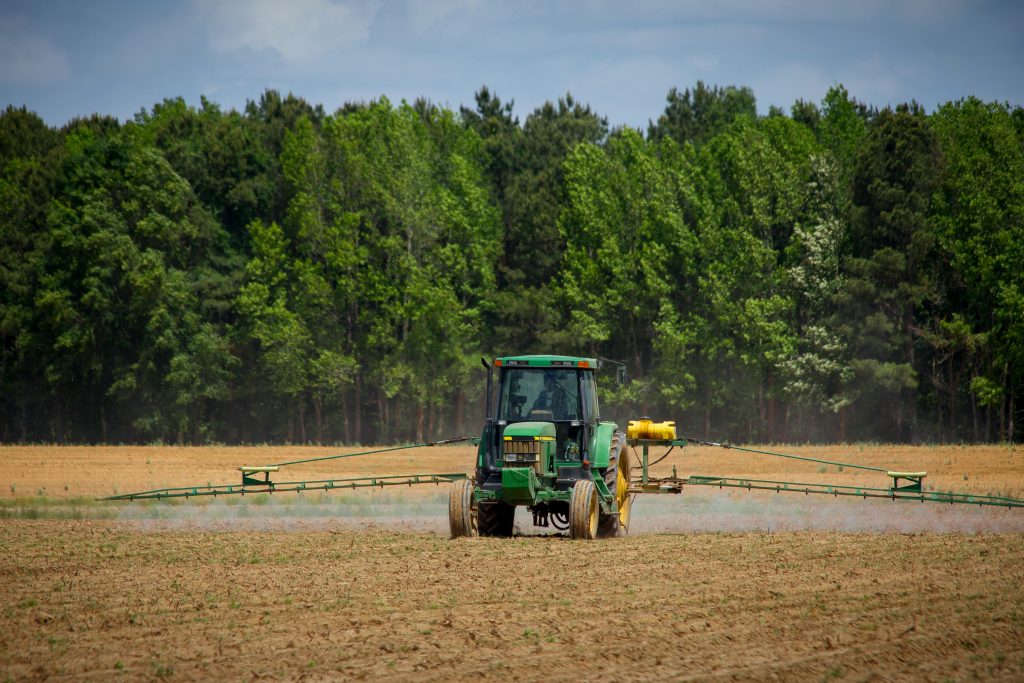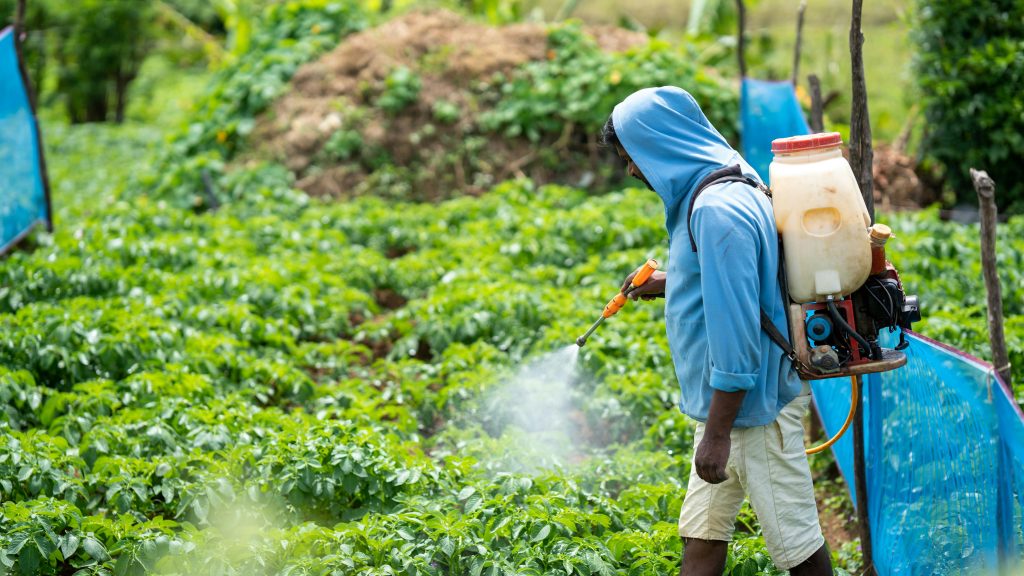
Imagine relaxing after a busy day with a delightful glass of wine. It’s soothing, calming, and a perfect way to unwind. But what if your favorite drink contained invisible chemicals that never disappear? This isn’t science fiction—it’s the alarming reality involving trifluoroacetic acid, or TFA.
What Exactly is TFA?
Trifluoroacetic acid (TFA) is part of a larger group called per- and polyfluoroalkyl substances (PFAS). They’re famously known as “forever chemicals” because they’re virtually impossible to break down naturally. TFA emerges when certain PFAS chemicals degrade, typically from pesticides, refrigerants, industrial solvents, pharmaceuticals, and other industrial applications.
Why Is TFA Suddenly an Issue in Wine?
Recent research by the Austrian environmental organization Global 2000 and PAN Europe revealed worrying levels of TFA in European wine. The findings indicated a dramatic increase from nearly zero TFA in wines produced before 1988 to shockingly high levels in more recent vintages—some reaching up to 320 micrograms per liter. That’s significantly higher than typical concentrations found in drinking water.
The Hidden Risks of Forever Chemicals
Health concerns related to TFA are becoming increasingly clear. While studies are ongoing, early findings have linked these chemicals to potential health issues, including:
- Developmental problems in unborn children
- Hormonal disruptions
- Immune system weakening
- Potentially increased cancer risks
Given these concerns, it’s crucial to understand how TFA enters our favorite wines and how we might mitigate these risks.

How TFA Gets into Your Wine Glass
Most TFA contamination occurs indirectly through agricultural practices. PFAS-based pesticides degrade into TFA, which then infiltrates soil, groundwater, and eventually, grapes. Conventional vineyards that heavily rely on pesticides tend to produce wines with higher TFA levels. Additionally, TFA can enter the environment from industrial runoff, improper waste disposal, and atmospheric deposition from industrial activities, further contaminating soil and water used for agriculture.
Conventional vs. Organic Wines: The Stark Contrast
A comparative look clearly illustrates the difference:
| Wine Type | Average TFA Concentration (µg/L) | Observations |
|---|---|---|
| Conventional | Up to 320 | High pesticide residues linked to TFA presence |
| Organic | Significantly lower | Minimal or no detectable pesticide residues |
Organic and biodynamic vineyards avoid synthetic pesticides, significantly reducing TFA levels in their wines.
Is This Only a European Issue?
Though recent studies highlighted European wines, TFA contamination is not exclusive to Europe. Globally, TFA has been detected in environmental media such as water and soil. Reports from China and the United States confirm significant increases of TFA in environmental samples. While specific data on TFA in non-European wine remains sparse, the global presence of PFAS suggests similar issues likely exist worldwide.
Other Products Contributing to TFA Contamination
Beyond pesticides, TFA originates from:
- Refrigerants: Often used in air conditioning and refrigeration systems, these chemicals can degrade and release TFA.
- Industrial Solvents: Used extensively in various manufacturing processes.
- Pharmaceuticals: Certain pharmaceutical manufacturing processes use PFAS chemicals, contributing indirectly to TFA presence.
- Fire-fighting Foams: Widely used at airports and industrial facilities, releasing PFAS into the environment, eventually converting into TFA.

What Can You Do?
Consumers aren’t entirely helpless against this issue. Here’s how you can reduce your exposure to TFA:
- Choose Organic or Biodynamic Wines: These wines avoid synthetic pesticides, greatly reducing chemical contaminants.
- Support Sustainable Vineyards: Encourage winemakers committed to clean agricultural practices.
- Stay Informed: Understand labels and certifications that indicate sustainable practices.
For more details on organic and biodynamic wine practices, check these helpful resources:
A Call to Action
This alarming rise in TFA should be a wake-up call not only for consumers but also policymakers and agricultural stakeholders. Reducing the use of chemicals that produce TFA must become a priority to protect public health and environmental integrity.

Future Research Directions
Given the global scale of TFA contamination, extensive research is needed in:
- Analyzing TFA levels in agricultural products globally
- Developing effective technologies for breaking down PFAS chemicals
- Evaluating long-term health impacts in populations regularly exposed to TFA
Enjoying Wine Responsibly
Wine is meant to be enjoyed without concern. By choosing thoughtfully produced wines, you can continue enjoying this timeless beverage responsibly. The choices we make today directly impact our health and the environment tomorrow.